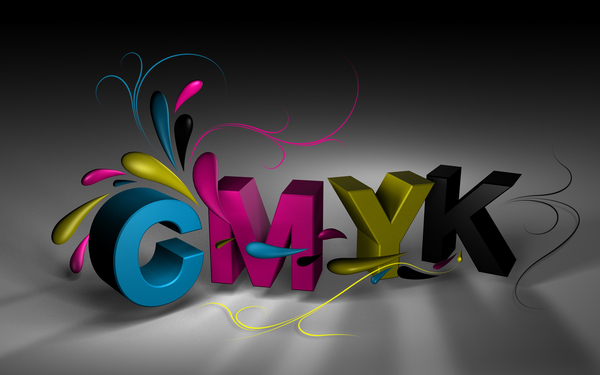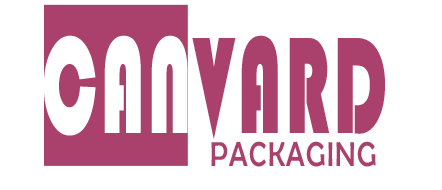Differences Between Silkscreen Printing and Other Printings
Color Printing
Involves using a color printer or a digital printing machine for printing, suitable for small print quantities, complex print content, and high color fidelity requirements.
Pad Printing
Involves transferring a design from a special transfer pad onto the product surface, suitable for printing on curved or irregular surfaces.
Screen Printing
Involves using a mesh screen to apply ink to the product, suitable for products requiring few colors and simple print content.
Heat Transfer Printing
Involves transferring a design from heat transfer paper onto the product surface using high temperature and pressure, suitable for printing on various materials.
Water Transfer Printing
Involves transferring a design from water transfer paper onto the product surface using water, suitable for printing on various materials.
Laser Engraving
Involves using a laser engraving machine to etch a design onto the surface of hard materials like metal or plastic.
Differences and Comparisons
Color Printing, Pad Printing, Screen Printing, Heat Transfer Printing, Water Transfer Printing, and Laser Engraving are different printing methods, each suitable for specific products and printing requirements.
- Color printing is ideal for small quantities, complex designs, and high color demands.
- Pad printing is best for curved or irregular surfaces.
- Screen printing is optimal for designs that require a limited number of colors and have simple content.
- Heat transfer and water transfer printing are versatile, suitable for various materials, but differ in the application method; heat transfer is for smaller designs, while water transfer accommodates larger patterns.
- Laser engraving offers precise detailing, suitable for small quantities of hard materials but is slower compared to other printing techniques.
Each method has its unique advantages based on the printing effect, material compatibility, and the scale of the production run.


